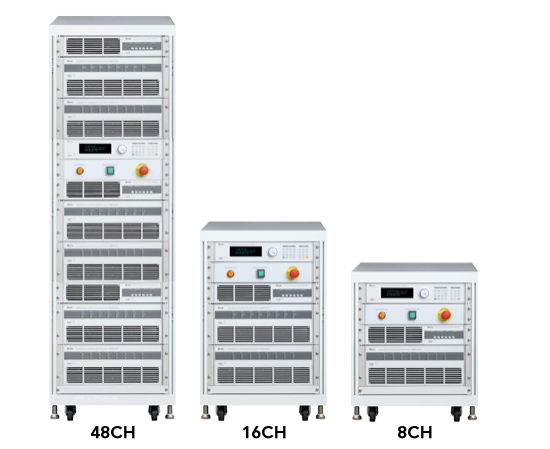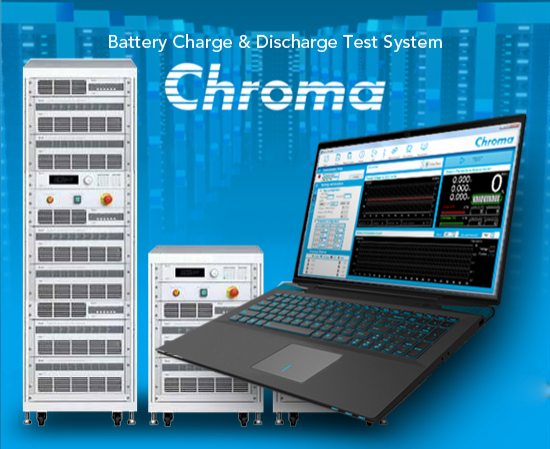Description
Chroma ATE launches the 8610 Battery Pack Integrated Testbed for testing new energy vehicle battery systems and their subparts, including battery modules, battery management systems, cooling/heating systems, and other related components. Various hardware options are available for integration, such as DC power supply, battery charger/discharge system, digital meter, insulation measurement equipment, and short circuit and overvoltage protection devices.
The 8610 system integrated with Chroma’s 17040 Regenerative Battery Pack Test System can simulate the charging and discharging of battery pack using the power system under various driving conditions to increase the test reliability when testing a whole vehicle.
The 8610 Battery Pack Integrated Testbed is designed for research and development of battery modules and packs. The open software architecture offers users powerful dynamics and flexibility while implementing various test items. Besides basic functions like vehicle driving cycle import, CAN signal monitoring, fault injection, insulation measurement, and EVSE charging simulation, this testbed can execute the most complex scenarios of a real vehicle and composite operation conditions with the highest risk of failure (e.g. physical and communication signal errors during cyclic discharge).
The 8610 highly supports the testing requirements on the right side of the vehicle’s standard development, V-shape process, from the integration of battery pack components to the system-level functions. This testbed system can implement various composite and simulated vehicle scenarios in advance before entering a real vehicle test. Users can also discover and correct problems early to reduce development costs and improve test efficiency.









